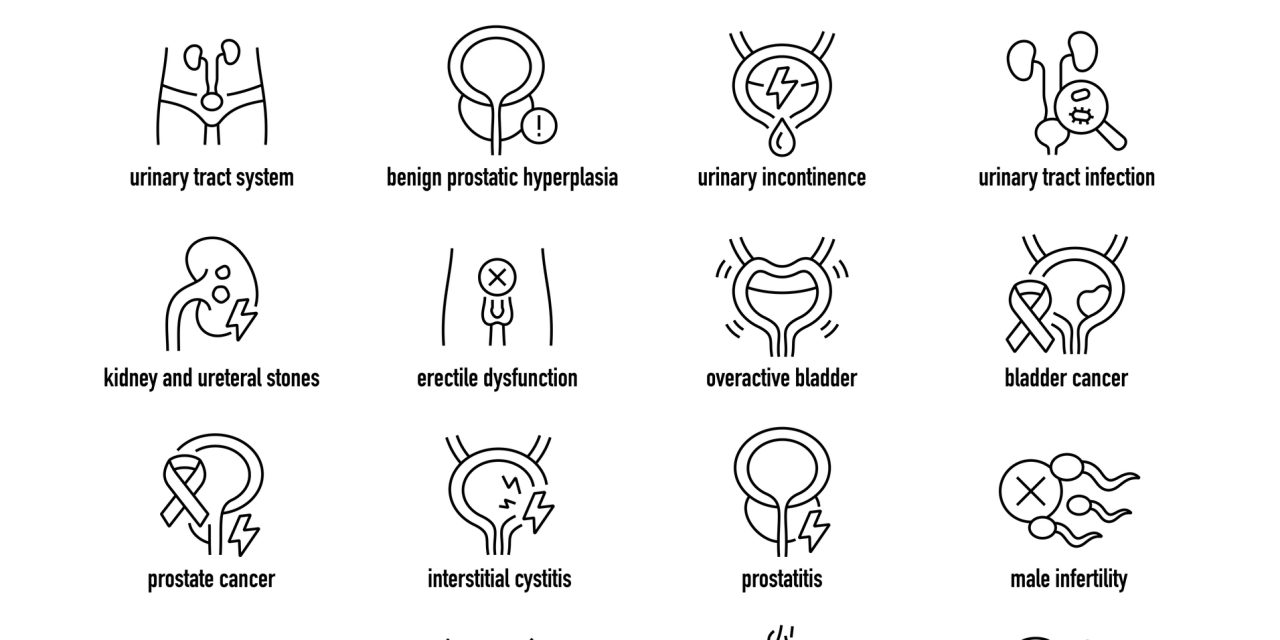Plant pathogens and pests often occur together, causing damage while interfering with plant growth. The effects of phytopathogenic infections on plant-herbivore-natural enemy tri-trophic interactions (TTIs) have been extensively investigated, but little is known about how the interval of infection influences such relationships. Here, the effect of rice plants infected by the phytopathogen Rhizoctonia solani on the herbivorous rice brown planthopper (BPH) and associated egg parasitoid Anagrus nilaparvatae over a temporal scale was examined.
Our results showed that rice plant infected by R. solani increased its volatile profiles and significantly attracted BPH and A. nilaparvatae after 5-15 days post-infection (DPI) and 5-10DPI, respectively, when compared with the healthy plant. Jasmonic acid and salicylic acid content decreased significantly in BPH-damaged plants after 15DPI while oxalic acid accumulated soon after 5DPI when compared with the healthy plant. To adapt to adverse environment, BPH laid more eggs and developed into macropterous adults. Under field conditions, R. solani infection had no substantial effect on the arthropod community when compared to the healthy plant.
Taken together, R. solani infection altered rice-pest-parasitoid TTIs over a temporal scale. This result will shed more light on our understanding of plant pathogen-insect crosstalk essential for developing novel pest management strategies. This article is protected by copyright. All rights reserved.
This article is protected by copyright. All rights reserved.
Phytopathogenic infection alters rice-pest-parasitoid tri-trophic interactions.


